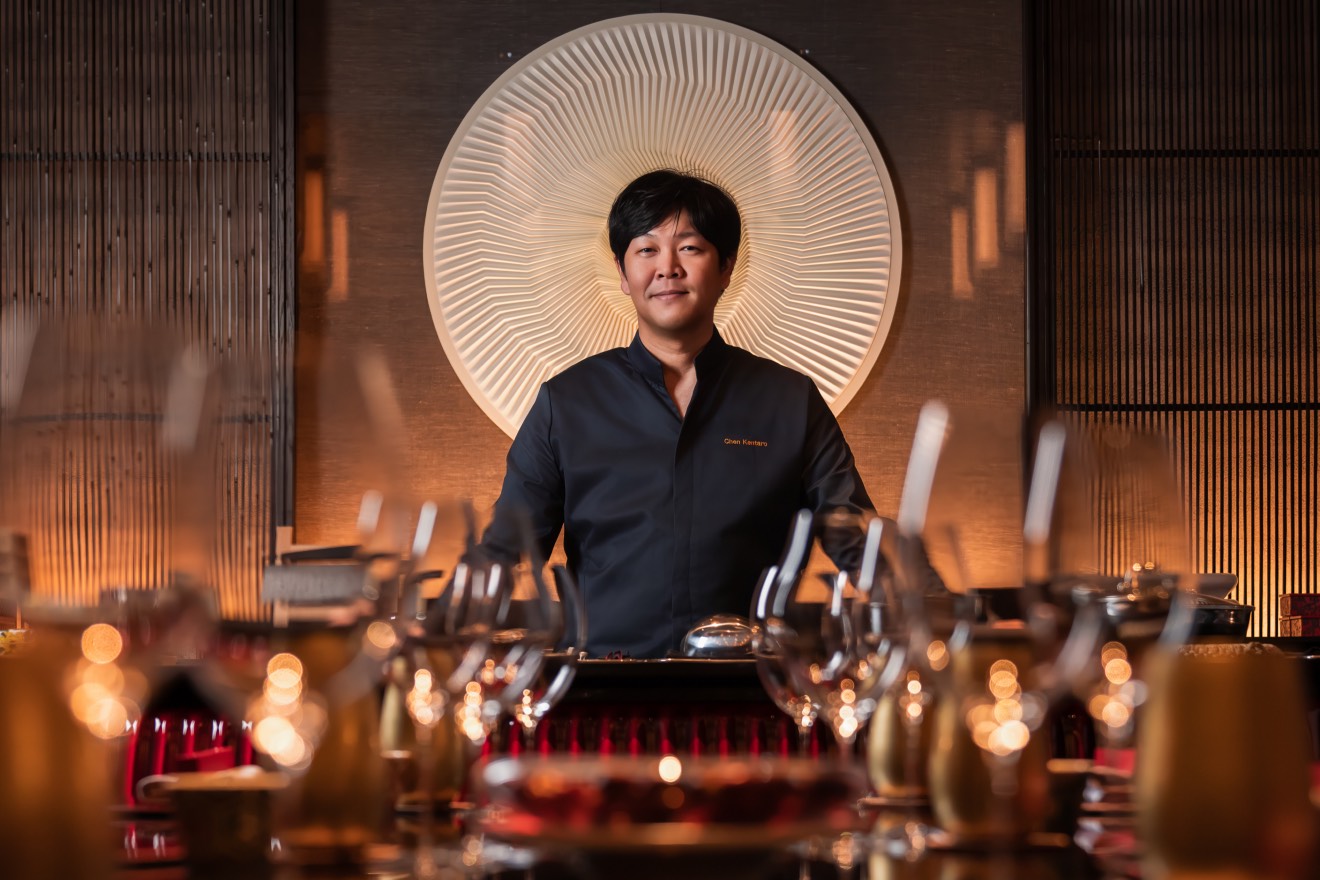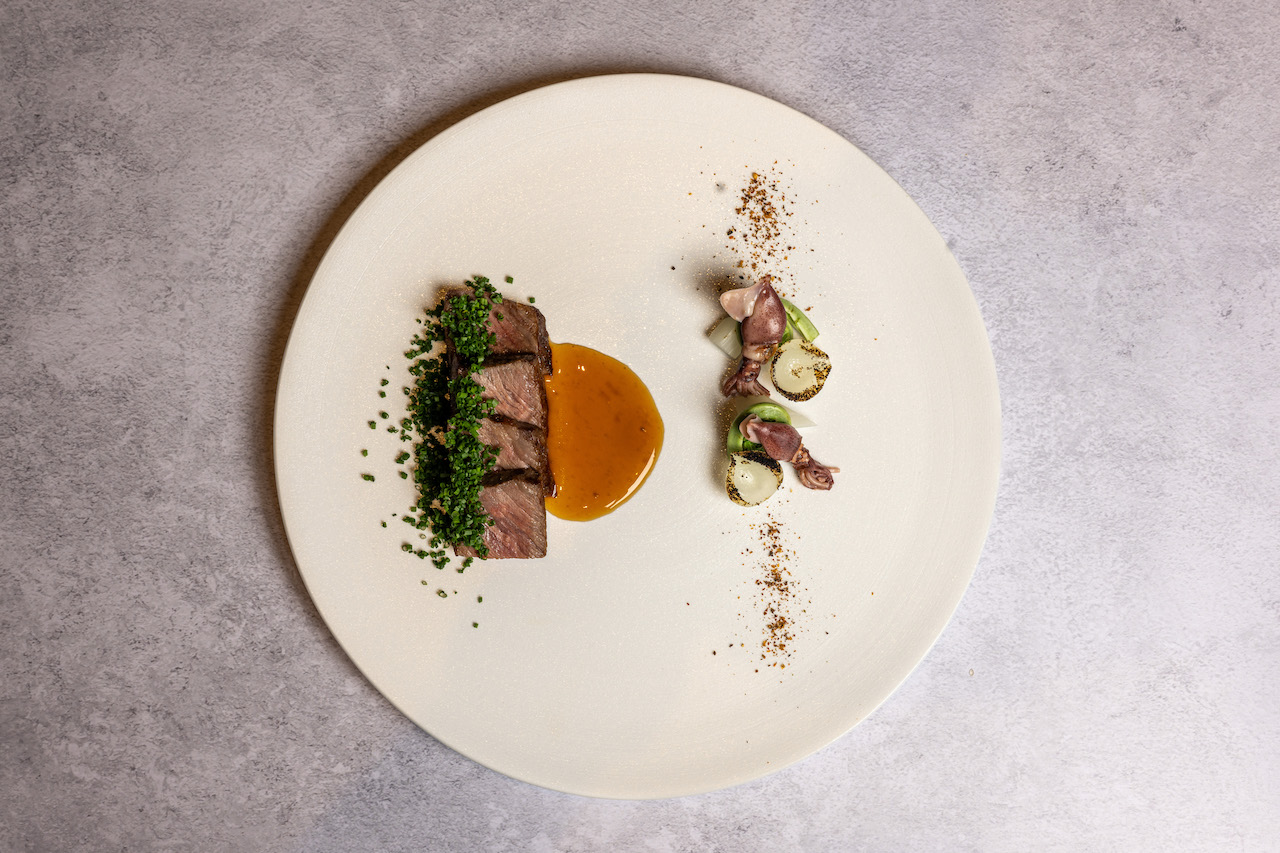
From the intricate nuances of Japanese fermentation mastered by Chef Hirofumi Imamura to the bold and dynamic flavours of Korean fermentation crafted by Chef Kim Do-yun, and the rich art of Vietnamese fermentation techniques expertly wielded by chef Peter Cuong Franklin – each chef offers a distinct perspective on the art of fermentation and its profound impact on the culinary world.
Yun Seoul, South Korea
Renowned for his exceptional skill in noodles and his unwavering commitment to sourcing ingredients, Yun Seoul’s chef Kim Do-yun showcases a deft skill when it comes to the art of fermentation. The one-Michelin-starred restaurant, which Kim co-founded with chef Abraham Song, is located in Seoul’s glitzy Gangnam neighbourhood. The chefs have amassed over 500 ingredients, labelled by year of production and place of origin, in a lab-like refrigerated storage area deep within the premises. If you’re lucky enough to get a tour, you’ll find everything from pickles, dried vegetables, beans, grains, seeds, dried meat, and dried fish, some of which are aged up to seven years.
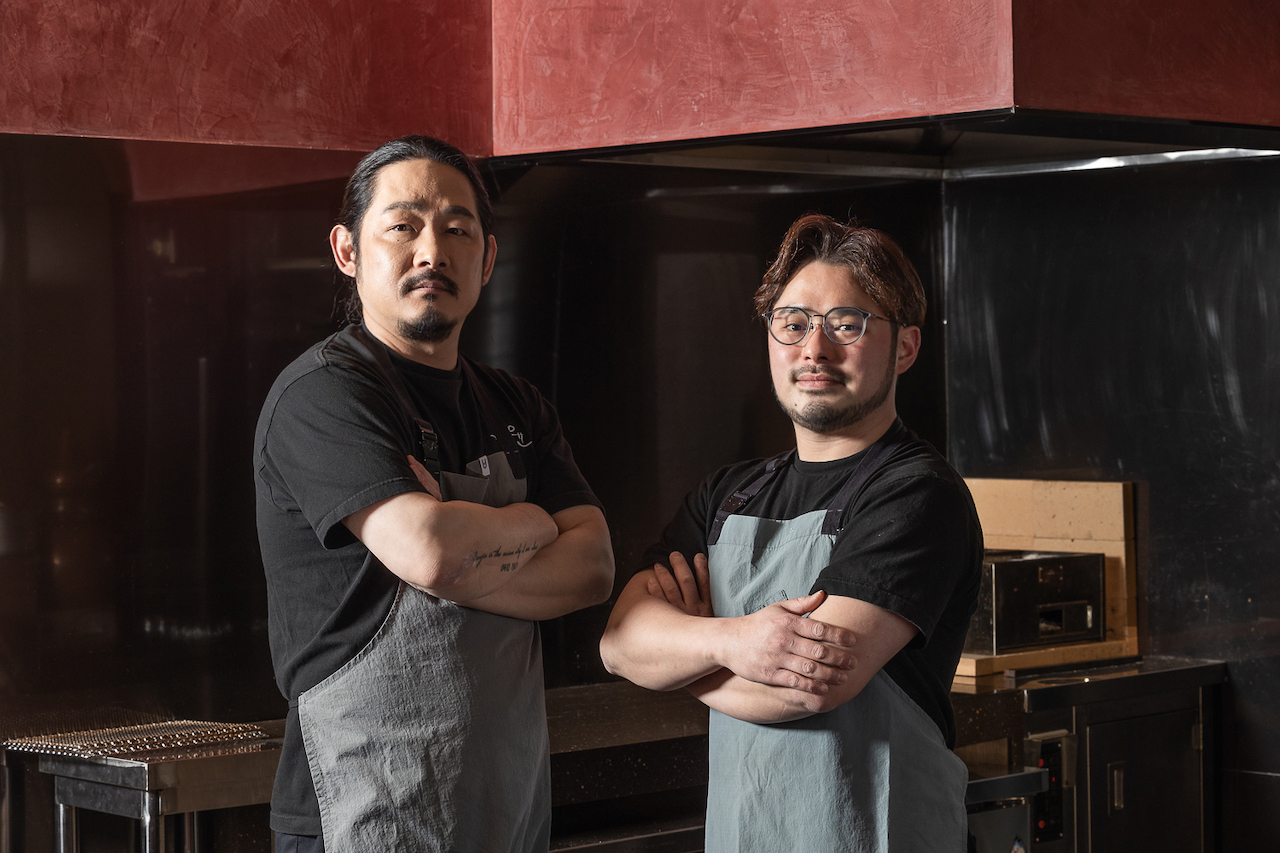
“Among the fermented soybean pastes, we are currently trying to reinterpret the Chinese huang dou jiang in our own way. We ferment boiled soybeans, then brine them again and slowly age them to create our own paste. We look forward to seeing how delicious this paste will become in a few years,” says Abraham.
Guests who visit Yun Seoul regularly will know that the menu changes seasonally, and fairly often. One course that is always offered, however, is a medley of in-house dry-aged ingredients – served at the start of your meal. From dried oysters to shrimp and mackerel, the restaurant carefully prepares and presents each item to highlight the effect that dry ageing has on the ingredient, and how the taste and texture change as it undergoes the fermentation process.
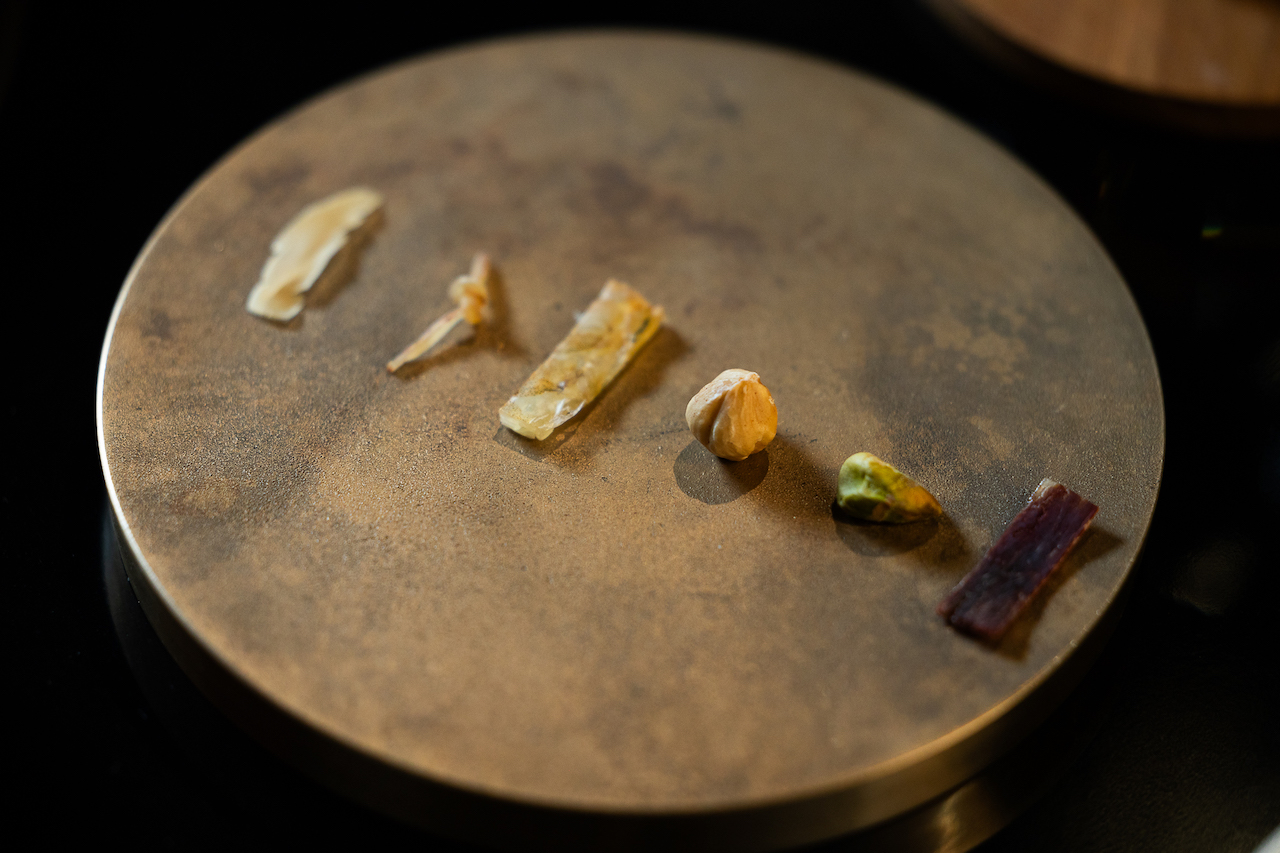
“At Yun Seoul, we believe that the main principles of Korean cuisine are healthy and nature-friendly foods. As for how we choose our ingredients for fermentation, it really just boils down to the ingredients. We are obsessed with the raw materials. We learn about where and in what environment the ingredients are produced, who produces them, and with what mindset. Whenever there are good ingredients, we experiment with them in various ways, including fermentation, ageing, and drying,” shares Abraham.
For the chefs, fermentation is more than just another technique to enhance flavour. Abraham notes, “Fermentation links the past to the present. Just as the ingredients we use today are connected to what we did three months, six months, a year, or even 10 years ago, we believe that our current food is a link to the foods our ancestors made in the past.”
Anan Saigon, Vietnam
The one-Michelin-starred Anan Saigon in Ho Chi Minh City offers a unique culinary experience that fuses traditional Vietnamese flavours with contemporary techniques. Led by renowned Chef Peter Cuong Franklin, the restaurant is celebrated for its innovative approach to Vietnamese street food, elevating familiar dishes with a modern twist.
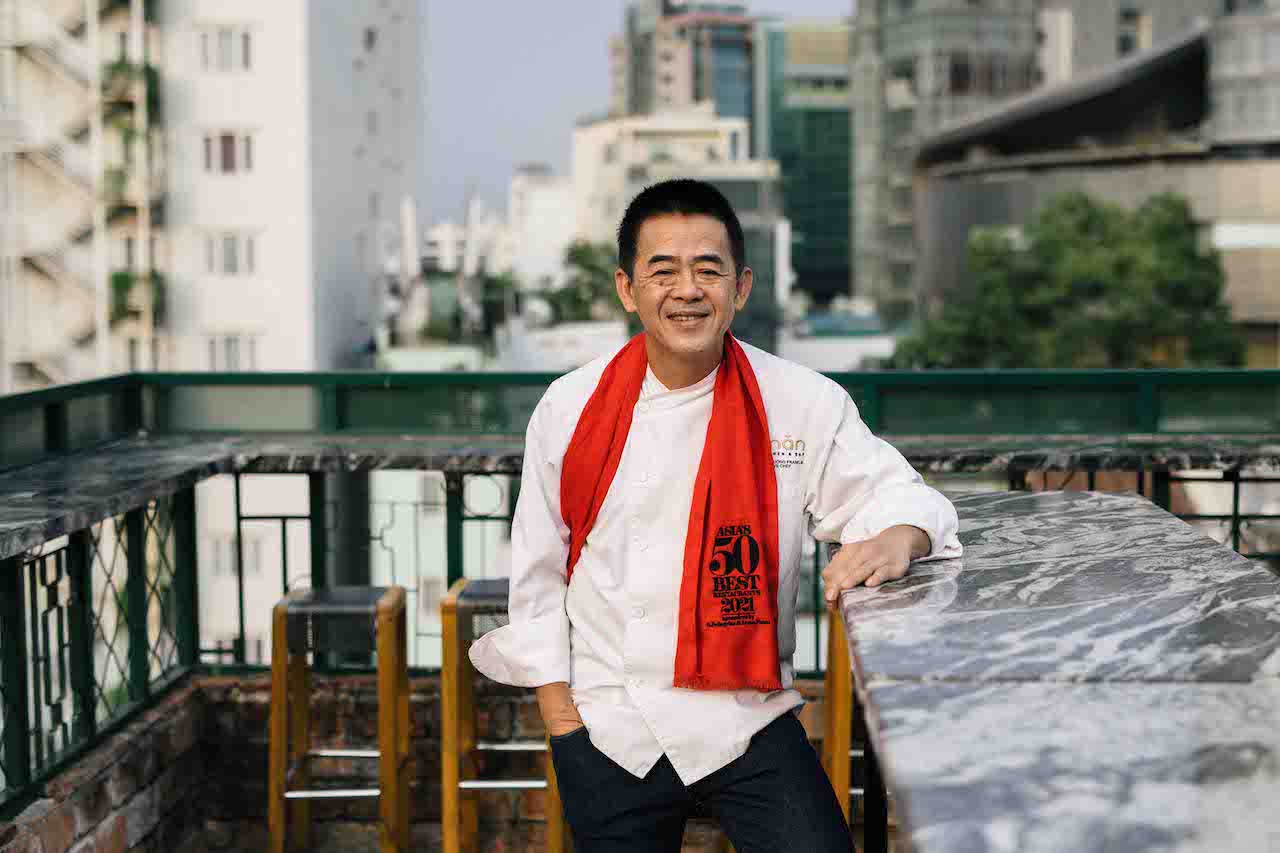
When it comes to selecting ingredients for fermentation at Anan Saigon, Peter is firm on three main criteria: its importance to Vietnamese culinary culture, the quality of ingredients, and practical applications for the cuisine. Rice, for instance, is an important ingredient in Vietnamese cuisine, and fermented rice serves as a great ingredient for meat marinades and drinks. At Nhau Nhau, Anan Saigon’s bar, the team makes use of red glutinous rice as a base for cocktails, creating drinks like Fermented Red Sticky Rice Cocktail, with flavours and mild alcohol levels similar to kombucha.
Peter, inspired by international fermentation labs by leading chefs such as David Chang of Momofuku and René Redzepi of Noma, developed his version of the Tu’o’ng Ó’t chilli sauce during the pandemic. “Similar to Korean gochujang or Thai sriracha, Vietnamese Tu’o’ng Ó’t chilli sauce gives spiciness to many dishes and is important to the national identity of the cuisine and culture. Tu’o’ng Ó’t is the staple hot sauce for Vietnamese cuisine; it adds a perfect balance of spiciness, acidity and natural sweetness to make your bowl of phó interesting and more fun to eat,” he says. The restaurant, which was awarded The Best Restaurant in Vietnam 2023 by Asia’s 50 Best Restaurants, wanted to create a fine dining chilli sauce that enhances rather than overwhelms a dish.
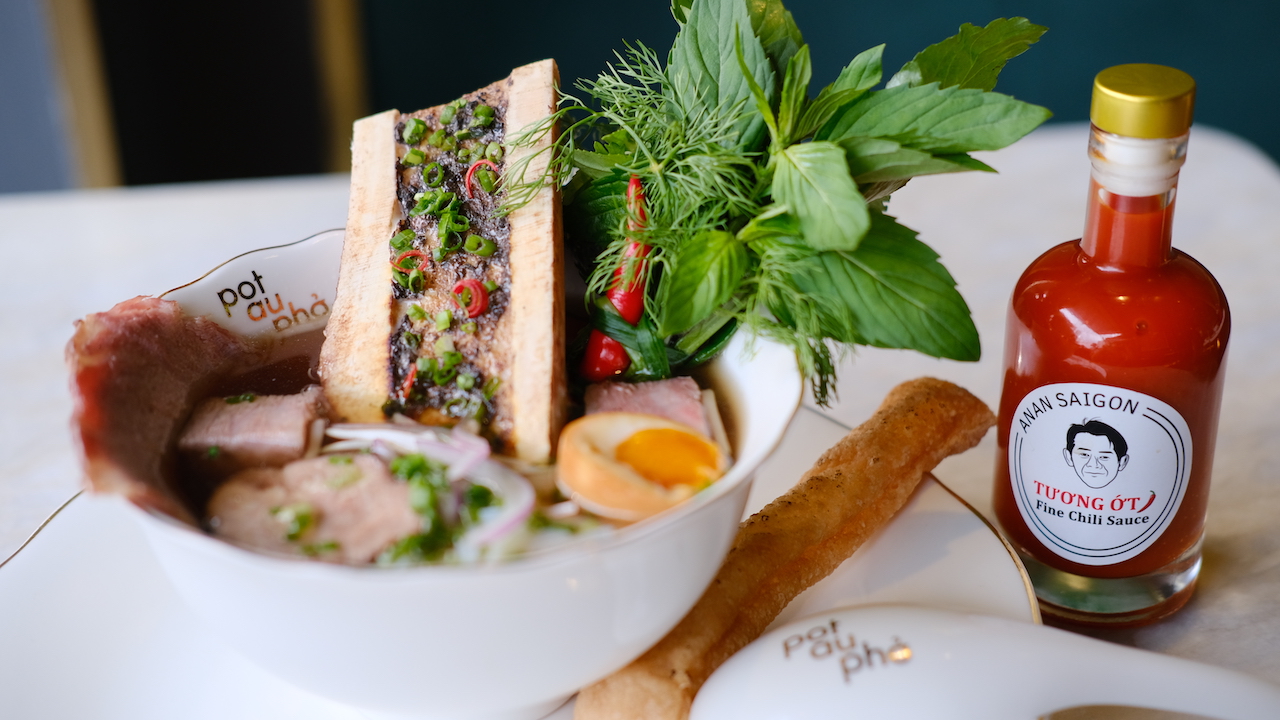
“Here at Anan Saigon, we use readily available local chillis that undergo traditional fermentation methods with a balance of spiciness, acidity, sweetness and a hint of garlic flavour. A touch of natural gum is used to achieve a nice texture and fluidity, and the combination of it all creates a fine dining chilli sauce that enhances rather than overwhelms the dish,” he elaborates. Fish sauce is another fermented product that’s essential in Vietnamese cuisine.
“Fish sauce or núóc mâm is so important that the Vietnamese have a saying ‘Fish sauce runs in our veins’,” says Peter. The defining condiment of Vietnamese cuisine and culture, similar to garum, is often used as a replacement for salt in the country. Full of umami flavour with a strong fish aroma, it is mixed in stir-fries, added to stews, used to caramelise vegetables and meat for claypot dishes, or as a dipping sauce.
At Anan Saigon, the fish sauce is given a modern twist with its usage in something unexpected: dessert. The chef points out, “One of our signature dishes is the Fish Sauce Ice Cream – comprising a traditional French-style vanilla ice cream topped with a fish sauce caramel, Phu Phuc pepper and mist with a fish sauce perfume. Similar to the flavours of salted caramel, the fermented fish sauce enhances the sweetness of the ice cream by adding umami flavours.”
Imamura, Singapore
Over in Singapore, chef Hirofumi Imamura lends a Japanese lens to fermentation at his namesake restaurant located in Sentosa. According to him, fermentation plays a significant role in Japanese cuisine. Think miso, soya sauce, and sake.
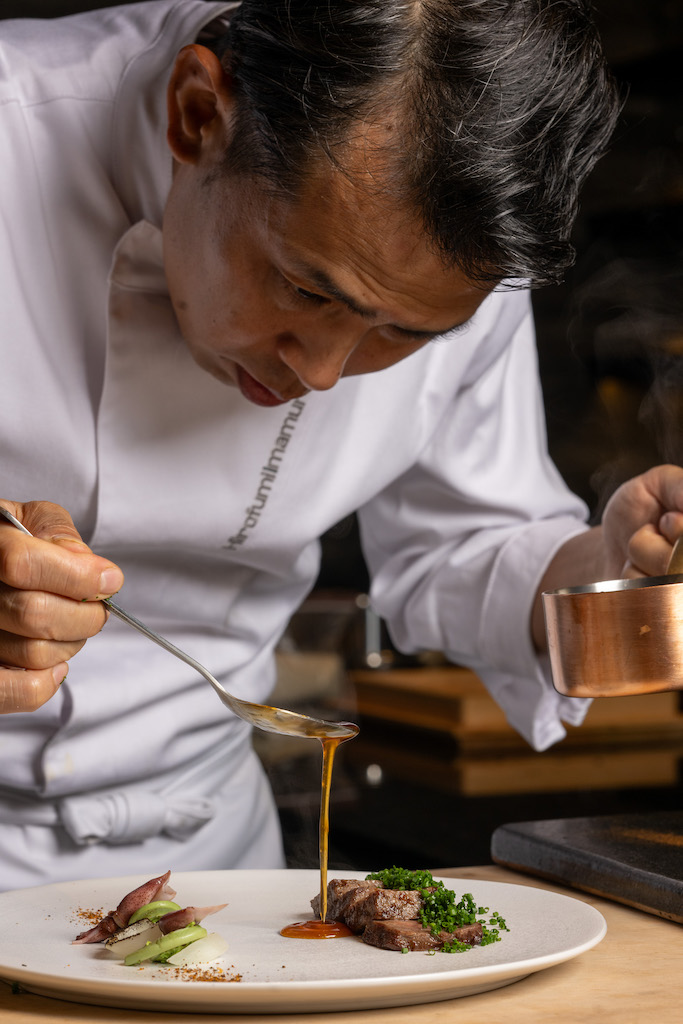
However, Imamura’s approach to fermentation is a lot more experimental. He is even fermenting truffle, a first attempt for the passionate chef. “We are currently experimenting with fermenting truffle scraps left over from preparing our signature Truffle Donabe Gohan. These truffle scraps are blended with water, koji and salt. The mixture is still in the fermentation process. We have not yet finalised how we will incorporate the fermented truffle into our dishes, but we are excited about the potential flavours and applications it could bring to our menu,” he says. The chef decides on the selection of ingredients for fermentation based on the dish. “For instance, for beef dishes, I ferment the beef to create a beef sauce and extract salt from milk. Our beef sauces have a rich, buttery flavour derived from our unique beef hishio.
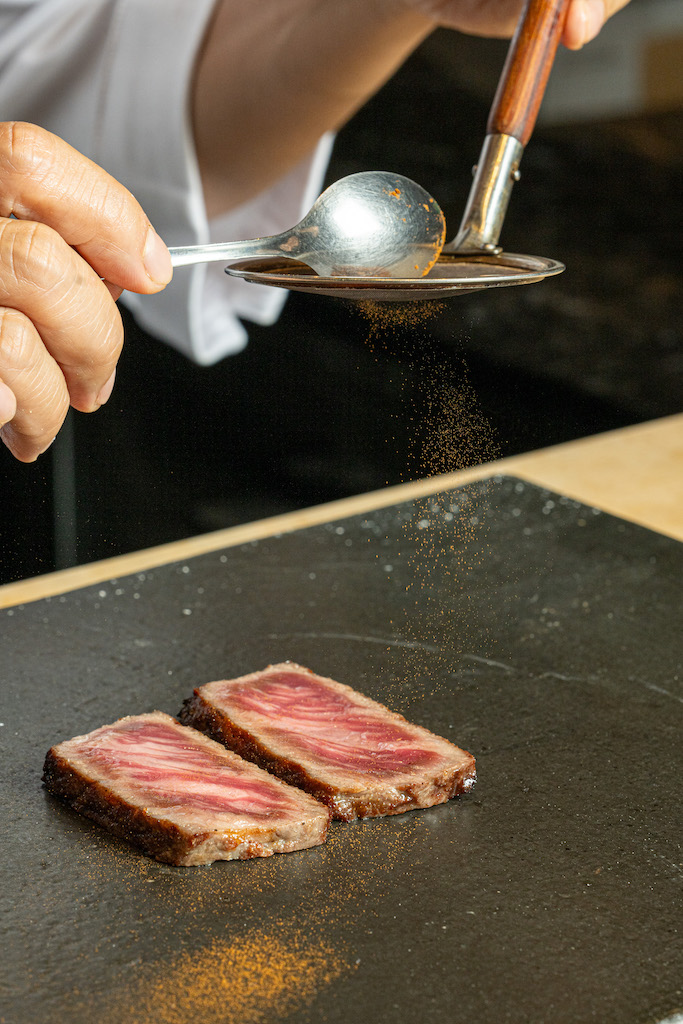
This sauce is made by fermenting beef trimmings with koji and salt at a controlled temperature of 60 deg C (to activate the koji while eliminating harmful bacteria) for a minimum of three months. After fermentation, we fine-strain the mixture to produce a soy sauce-like liquid that is infused with the luxurious taste of wagyu. As for the salt, it is made by using salt from Kagoshima prefecture cooked together with milk until the liquid evaporates, resulting in a nicely fragrant ‘milk-seasoned’ salt.”
Besides this beef sauce, fermentation is also found in an array of pickles that are served with the beef. This includes fermented dried radish, prepared using the lactose fermentation technique to impart a sour flavour and tantalise the palate without overwhelming it. Similar to the beef dish, Imamura also ferments tuna for a unique tuna sauce, and he does the same for vegetable dishes. By fermenting the same ingredients used for a dish into a sauce, he can utilise most parts of the ingredients, thus minimising food waste. More importantly, this approach ensures a consistent flavour profile since the sauce and dish share the same protein elements.
A version of this article first appeared in epicure.




